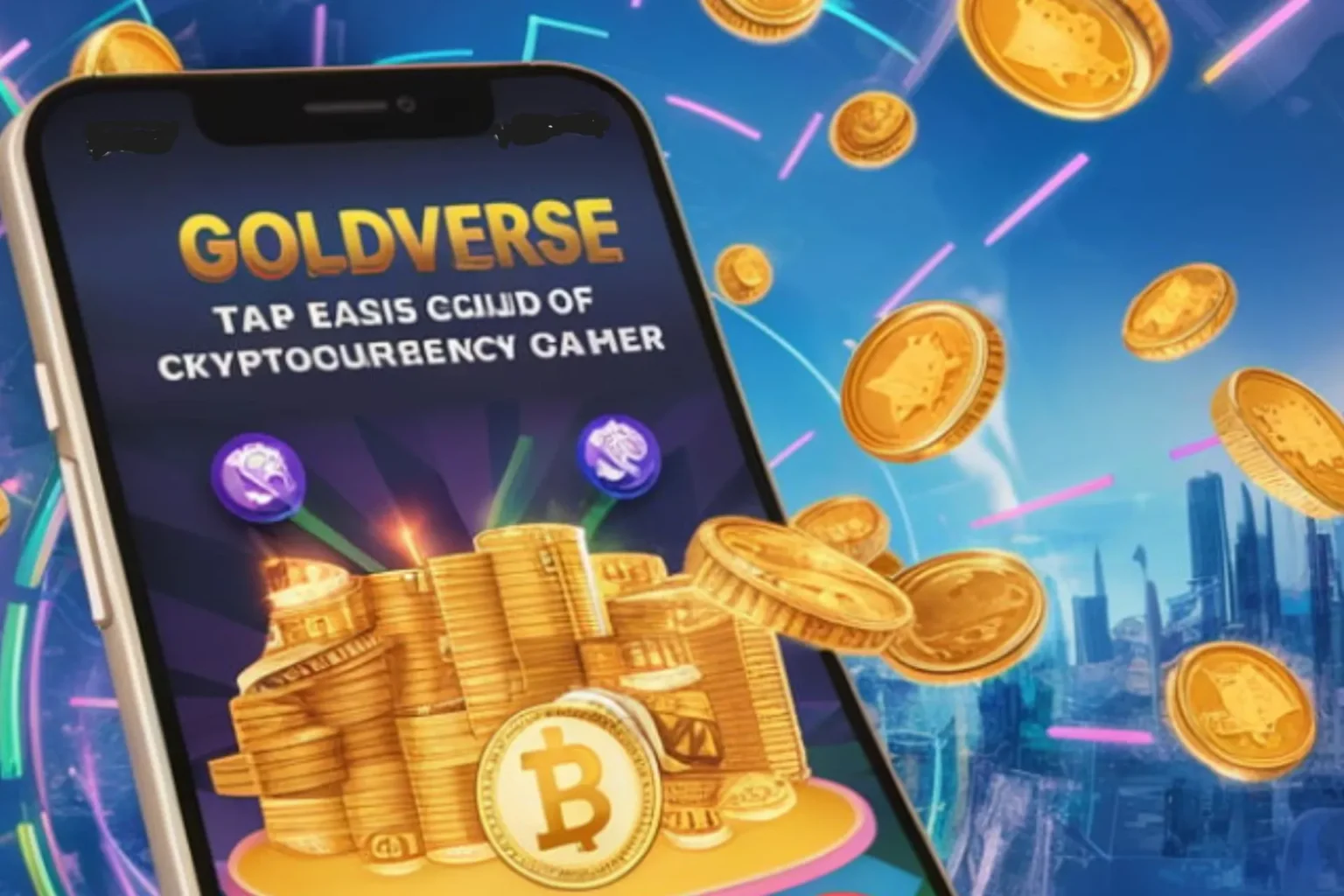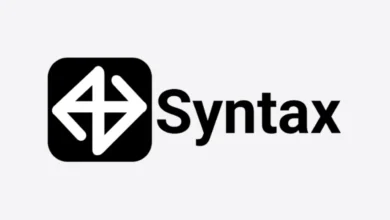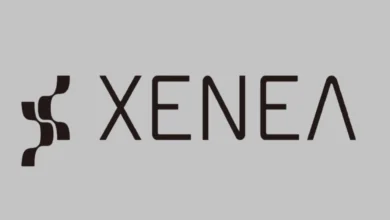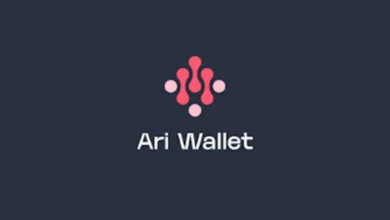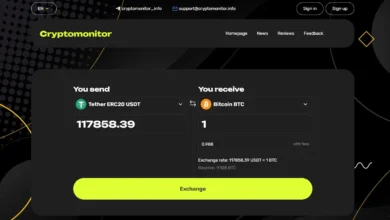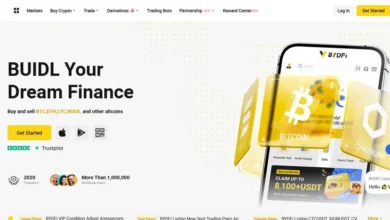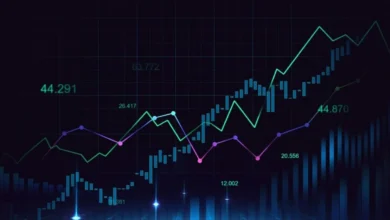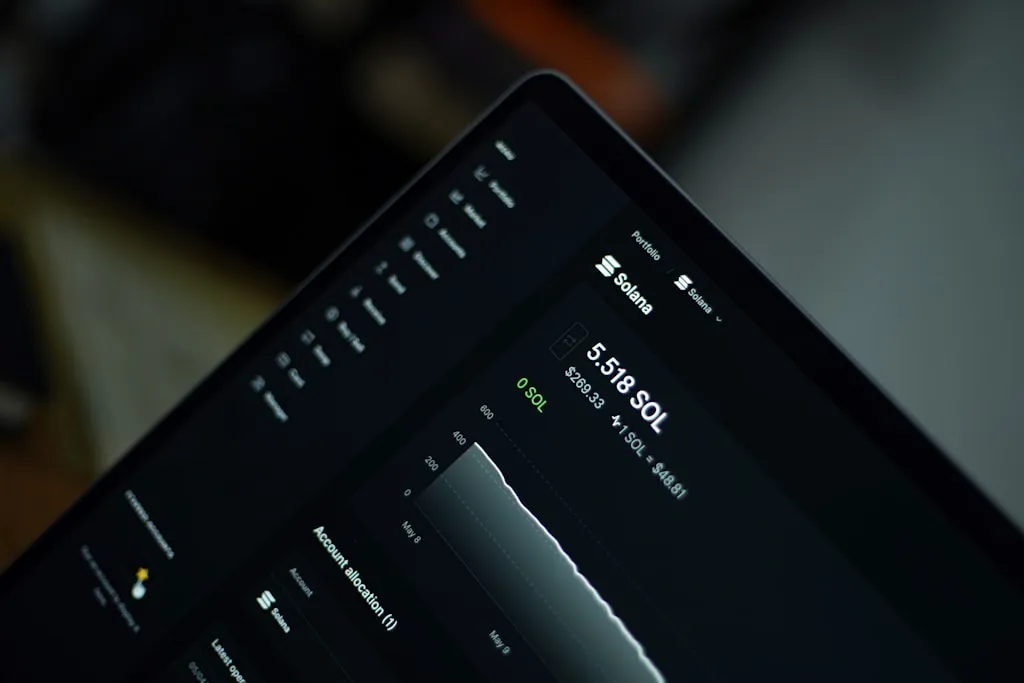
The Solana blockchain has gained significant attention for its high throughput and low transaction costs, positioning it as a competitive environment for decentralized applications (dApps) and digital assets. Unlike the native cryptocurrency SOL, which is used for network fees and staking, the network also supports the creation of custom tokens.
These tokens can represent anything from a share in a project, a digital collectible, or a stablecoin pegged to a fiat currency. The framework that governs these assets is fundamental to understanding the Solana ecosystem.
The Role of the Solana Program Library (SPL)
At the core of tokenization on Solana is the Solana Program Library (SPL). The SPL is a collection of on-chain programs that provide standardized instructions for various operations, including the creation and management of tokens.
The SPL Token standard is the definitive blueprint for fungible and non-fungible tokens on the network. Adhering to this standard ensures that any new token will be compatible with the broader ecosystem, including wallets, exchanges, and other dApps that support SPL tokens.
Pathways to Token Generation
There are several methods for generating an SPL token, each catering to different levels of technical expertise. The most direct approach involves using the Solana Command Line Interface (CLI). This method gives developers full control over the process but requires a solid understanding of command-line tools and the underlying blockchain architecture.
It involves installing the Solana tool suite, creating wallets, and executing specific commands to deploy and configure the token’s parameters on the network. For those seeking a more accessible method without extensive coding knowledge, various platforms have emerged to simplify this procedure.
Tools that provide a graphical user interface can abstract away the command-line complexities, as seen with services like https://20lab.app/pl/generate/spl-token/, which guide users through the necessary steps.
Key Parameters of a New Token
Regardless of the method used, several key parameters must be defined when generating a new token. These include the token’s name (e.g., “My Example Token”), its symbol or ticker (e.g., “MET”), and the number of decimal places, which determines its divisibility.
Perhaps the most critical decision is the total supply, which dictates the maximum number of tokens that can ever exist. Creators must also decide whether the supply will be fixed or if they will retain the authority to mint additional tokens in the future.
These initial configurations are recorded on the blockchain and are fundamental to the token’s economic model and function.
Disclaimer: This article is for informational purposes only and does not constitute financial, investment, or legal advice. The cryptocurrency market is highly volatile and speculative. Always conduct your own research and consult with a qualified professional before making any investment decisions.



